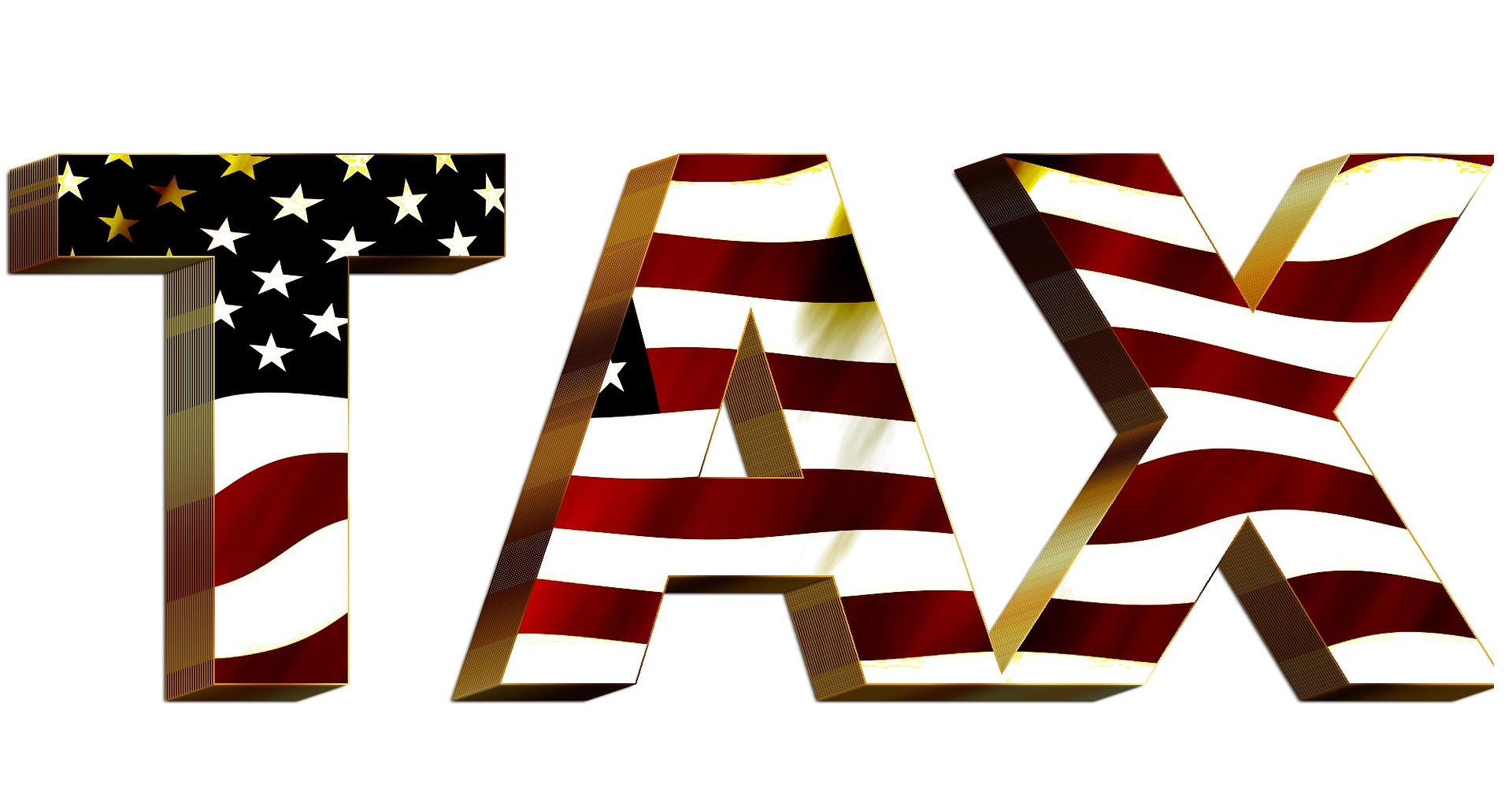4 min read
Can You Afford to Misclassify Your Workers?
It’s Monday morning: Employees make their way to their workstations, the Keurig whirrs in the break room and the office starts to hum along as...
Expert payroll management services with a personal touch.
View Solution Read Guide HR Support
HR SupportSimplify and personalize HR with a team of HR experts on-demand.
View Solution Read Guide Time & Attendance
Time & AttendanceWhy spend more unnecessary time and money managing your workforce?
View Solution Read Guide Hiring & Onboarding
Hiring & OnboardingTurn your candidates into employees with hiring & onboarding solutions.
View Solution Read GuideAdd On Solutions automate everyday tasks, prevent mistakes, and simplify business compliance.
View SolutionHelpful downloads and eBooks to empower your business.
Helpful tax and HR alerts to help keep your business compliant.
Payroll and tax-related forms and documents.
Horizon's blog provides valuable insight into payroll, compliance, human resources, and more.
See our client success stories for a case study on how we can help your business.
Payroll and HR strategy requires intelligent technology, personal attention and specialized expertise in the needs and nuances of your business.
We provide payroll and tax processing services for businesses from 1 to 1,000 employees or more. Today, we have nearly 1,000 customers in 40 states.
3 min read
Kim Manning : December 20, 2017 at 12:22 PM

2018 is coming fast! Are you paying attention to the changes and deadlines that are right around the corner? Our tips will help you navigate changes to tax and wage rates and stay compliant with the Affordable Care Act.
Tax and Wage Rate Changes
Minimum wages change in several states beginning in 2018. Keep in mind that employees generally must be paid the highest wage of the federal, state and local wages that apply. If your company employs workers in more than one state, the rate where the employee does their work applies. You’ll most likely need to replace posters detailing wage information as well.
In 2018, FICA tax rates will remain the same, with Social Security at 6.2% and Medicare at 1.45%. The wage base, on which taxes are calculated, will change from the 2017 base amount of $127,200.00 to $128,400.00. The Medicare portion has no maximum taxable salary.
In addition to the 1.45% Medicare portion of FICA, a provision in the Affordable Care Act (ACA) adds an Additional Medicare Payroll Tax of 0.9%, bringing the Medicare tax total to 2.35%. Who must pay this additional tax? The threshold requirements are incomes above $250,000.00 for married couples filing jointly, $125,000.00 for married individuals filing separately or $200,000.00 for single individuals or other filing statuses.
The Federal Unemployment Tax Act (FUTA) requires employers to pay unemployment insurance tax based on a percentage of the wages paid to employees. The federal wage base for these tax calculations is $7,000.00. File your FUTA Form 940 by January 31 (if you’ve made all of your payments on time, you have until February 10 to file).
Each state also has quarterly unemployment taxes employers must file and pay, called State Unemployment Tax Authority or SUTA tax (some states refer to this as State Unemployment Insurance or SUI). Most states’ wage base is higher than the federal base and in 2018, several will increase. Check this table from the American Payroll Association to see if your state’s wage base will change next year. Generally, states use a "new employer rate" for new businesses and that rate is adjusted over time as the business adds employees. A company's industry, such as construction, may also influence its SUTA rate. Each year your state will contact you with your rate determination.
How does the potential of a new tax bill, if signed into law, change things for next year’s taxes? The details are still up in the air, but you can start to prepare with the Society for Human Resource Management’s guide to employee benefits under a new tax bill. In the meantime, keep in mind that the existing tax law remains in effect, and there are penalties for not following it.
ACA Compliance
The ACA requires applicable large employers (ALEs), employers with 50 or more full-time equivalent (FTE) employees, to offer health coverage plans to at least 95% of its FTE employees and their dependents. In addition, the plans must meet minimum value and affordability requirements. Minimum value means that the plan covers 60% or more of the actuarial value of benefits, and substantial coverage of inpatient hospitalization and physician services.
The affordability requirement changes each year. For 2018, it is 9.56%, down from 9.69% in 2017. As HR Dive explains, “this means an affordable plan would require no more than 9.56% of an employee’s monthly household income.” As we’ve said before, this change could mean that you must reduce the amount your employees contribute for health care benefits. Now's the time to review 2018 premiums and make a plan.
If you fail to offer coverage or fail to offer affordable or minimum value coverage, you face what are often called “pay or play” penalties. The scenarios in which employers are liable for penalty payments, which the IRS calls Employer Responsibility Payments, are explained in sections 4980(a) and 4980(b) of the Internal Revenue Code. Fines are indexed for inflation (see table), and are divided into monthly payments.
|
Calendar Year |
Employer Responsibility Payment, Internal Revenue Code section 4980(a), Failure to Offer Minimum Essential Coverage |
Employer Responsibility Payment, Internal Revenue Code section 4980(b), Failure to Offer Affordable Minimum Essential Coverage that Provides Minimum Value |
|
2015 |
$2,080 |
$3,120 |
|
2016 |
$2,160 |
$3,240 |
|
2017 |
$2,260 |
$3,390 |
|
2018 |
$2,320 |
$3,480 |
As 2017 draws to a close the IRS will begin enforcing the “pay or play” penalty by issuing Letter 226J, which assesses fines for missed ACA filings, starting with calendar year 2015. Because the IRS fell behind in assessing fines, some companies may have slacked off on reporting. However, “employers that do not file correctly or that misclassify employees may receive penalties of $260 per filing, with a $3,193,000 maximum,” says HR Dive. Businesses will have 30 days to file an appeal.
Despite attempts to "repeal and replace," the ACA remains the law, and ALEs must comply or face the consequences. ALEs must furnish form 1095-c to employees by January 31 and must file forms 1094-c and 1095-c with the IRS by February 28 (paper filing) or March 31 (electronic filing).
What if your company has 25 or fewer FTE employees? If you offer them health care insurance, you may be eligible for a tax credit. According to the IRS, “a small employer is eligible for the credit if (a) it has fewer than 25 full-time equivalent employees, (b) the average annual wages of its employees are less than $50,000 (adjusted for inflation beginning in 2014), and (c) it pays a uniform percentage for all employees that is equal to at least 50% of the premium cost of employee-only insurance coverage.”
Confused? Let us help you make sense of payroll, taxes, ACA compliance and other HR matters. Contact Horizon Payroll Solutions today!

4 min read
It’s Monday morning: Employees make their way to their workstations, the Keurig whirrs in the break room and the office starts to hum along as...

7 min read
Small business owners are constantly seeking ways to minimize their tax liabilities and increase their bottom line. One strategy that can help...

4 min read
How did your 2018 taxes turn out? Hopefully you were able to check withholding allowances and make any needed adjustments to avoid a tax liability....